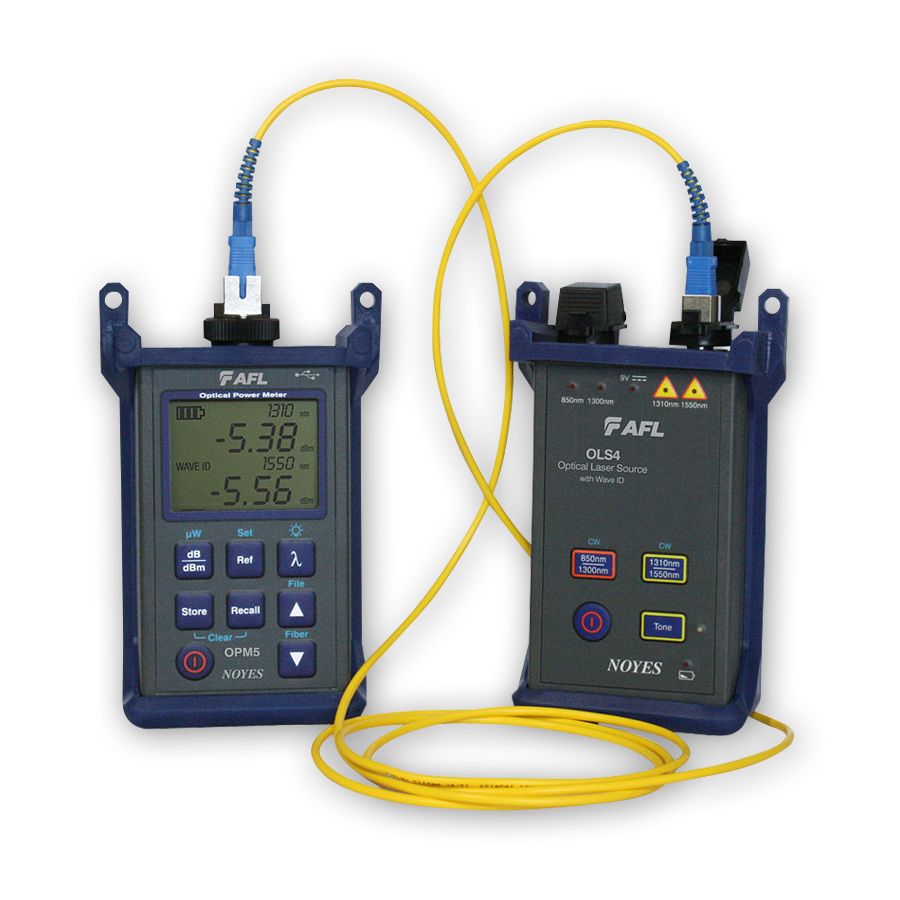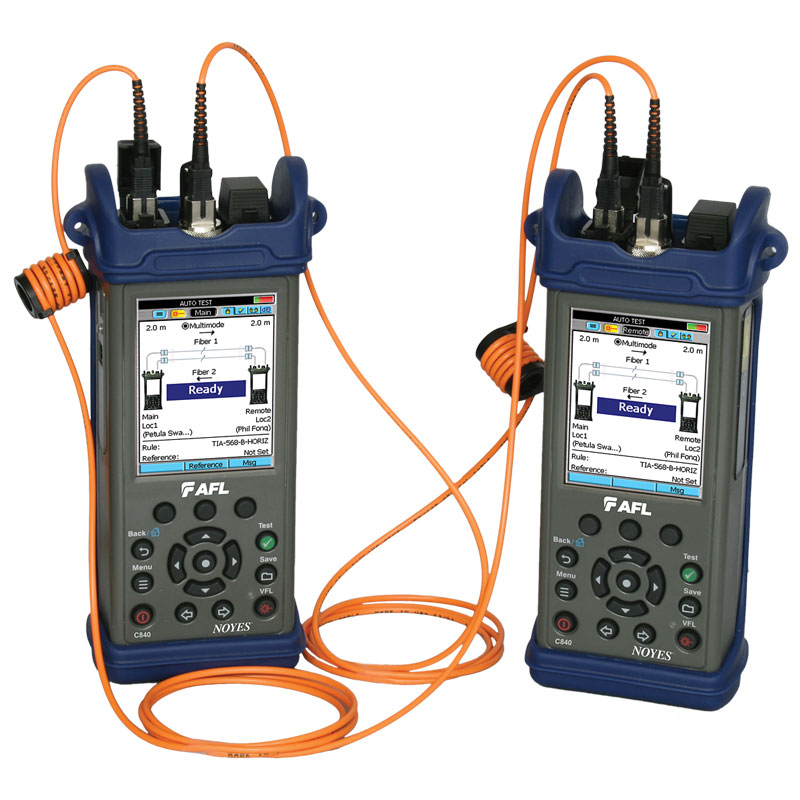Discovering the Effect of Robotic Vision on Modern Manufacturing Techniques and Quality Assurance
Robotic vision innovation is transforming the landscape of modern-day manufacturing and quality assurance. By incorporating innovative imaging systems and expert system, suppliers can achieve unprecedented degrees of accuracy and efficiency. This change not just enhances manufacturing processes but also addresses critical obstacles in maintaining product criteria. As markets significantly rely upon these innovations, the ramifications for future manufacturing techniques remain to be fully explored. What will this indicate for the competitive dynamics of the market?
Recognizing Robotic Vision Technology
Robotic vision technology functions as the foundation of automation in modern-day production. It encompasses the usage of cameras, sensors, and expert system to allow robots to analyze and react to aesthetic details from their environment. This innovation allows robotics to determine, find, and review objects, making them with the ability of performing complex jobs such as setting up, evaluation, and material handling with precision. The integration of device knowing algorithms even more improves the capability of robotic vision systems, allowing them to adapt to differing problems and enhance with time. By refining photos and information in real-time, robot vision systems can promote quicker decision-making and decrease mistakes in making processes (optical fibre diameter analyser). This modern technology not only boosts functional performance however also guarantees that quality criteria are satisfied consistently. As the manufacturing landscape proceeds to evolve, comprehending the intricacies of robotic vision technology becomes crucial for leveraging its possible totally
Benefits of Robotic Vision in Production
Robotic vision innovation provides significant advantages in manufacturing by enhancing precision and accuracy in jobs such as top quality control and setting up. This enhanced degree of detail guarantees that items fulfill stringent standards, lowering waste and remodel. Additionally, the combination of robotic vision can bring about boosted production performance, permitting makers to optimize their procedures and accomplish greater output prices.
Improved Precision and Accuracy
In modern manufacturing, improved precision and accuracy are essential for enhancing manufacturing procedures and making sure item quality. Robotic vision systems allow makers to carry out complex tasks with impressive consistency. These systems use innovative imaging innovations to discover minute information and variations in materials, parts, and ended up products. By assessing visual data in real-time, robot vision substantially minimizes human error, causing less defects and higher high quality criteria. Additionally, boosted accuracy in dimensions and placing facilitates better alignment in setting up processes, which is necessary for complex layouts. Inevitably, the integration of robot vision not just bolsters the reliability of producing results however likewise cultivates confidence amongst consumers regarding product honesty and efficiency. This precision is critical in sectors where top quality is extremely important.
Increased Production Performance

Makers are significantly transforming to vision systems to boost manufacturing effectiveness throughout different processes. These advanced systems enable real-time inspection and monitoring, substantially minimizing downtime triggered by mistakes or issues. By incorporating robot vision, business can automate high quality control, enabling for faster identification of issues and reducing the need for human treatment. This causes streamlined operations, as robotics can rapidly adapt to changes in production demands without giving up accuracy. Vision systems assist in much better supply management by accurately tracking components and products, ensuring perfect resource use. Eventually, the fostering of robotic vision not just enhances performance but also adds to greater output prices, lowered functional costs, and enhanced total productivity in the production industry.
Enhancing Quality Assurance Processes
Robotic vision technology substantially enhances high quality control procedures in production by employing accuracy assessment techniques. These advanced systems promote real-time flaw detection, making certain that products meet rigorous high quality standards. Because of this, producers can lessen waste and enhance general performance.
Precision Evaluation Techniques
Accuracy examination techniques have revolutionized top quality control processes in manufacturing, allowing the detection of minute flaws that traditional techniques could ignore. These techniques utilize advanced imaging modern technologies, such as high-resolution video cameras and laser scanning, to attain unparalleled accuracy. By using robot vision systems, manufacturers can automate inspection tasks, making certain constant performance and reducing human mistake. The combination of machine learning formulas additionally enhances these systems, enabling them to adapt and enhance over time. Additionally, accuracy assessment facilitates the recognition of subtle variations in item measurements and surface coatings, which can substantially affect general product quality. Consequently, producers can carry out restorative activities a lot more swiftly, ultimately bring about decreased waste and boosted customer contentment.
Real-Time Flaw Detection
Harnessing innovative imaging technologies, real-time issue detection transforms quality assurance procedures in manufacturing. By incorporating high-resolution cameras and advanced formulas, suppliers can swiftly recognize anomalies during manufacturing. This modern technology click here to find out more helps with instant restorative activities, reducing waste and improving general efficiency. Real-time systems examine items as they relocate along the assembly line, making certain that defects are discovered and attended to immediately manufacturing timetables. Additionally, the application of device discovering boosts the precision of these systems, permitting them to adapt to new problem patterns gradually. Suppliers benefit from improved product top quality and reduced operational prices. Inevitably, real-time problem discovery not just improves procedures but also fosters a society of constant renovation in contemporary production atmospheres.
Real-Time Data Analysis and Decision Making
In the dynamic landscape of manufacturing, real-time information analysis equips systems to make swift, informed decisions. By leveraging advanced robotic vision innovations, manufacturers can collect and refine Related Site vast quantities of data instantaneously. These systems examine visual inputs to check production procedures, making sure that any variances from high quality criteria are discovered and resolved immediately. As a result, makers can enhance procedures by reallocating resources and adjusting process based on real-time understandings.
Furthermore, the assimilation of information analytics enables for anticipating maintenance, where possible equipment failings are anticipated before they interrupt manufacturing. This positive method decreases downtime and improves total performance. optical measurement system. The capacity to make data-driven decisions in genuine time substantially decreases waste and enhances item high quality, permitting producers to react to market needs quickly. As a result, real-time data evaluation not only enhances production but likewise fosters a society of continual renovation in modern manufacturing settings
Challenges in Executing Robotic Vision Solutions
Applying robot vision systems in making presents a variety of obstacles that can impede their performance. One substantial obstacle is the complexity of incorporating these systems with existing equipment and operations. Suppliers typically deal with compatibility concerns with tradition tools, leading to increased costs and downtime. In addition, the irregularity in item forms, sizes, and materials can complicate the calibration of vision systems, demanding extensive training and fine-tuning.
One more obstacle depends on processing huge volumes of aesthetic information in real time. High-performance computer sources are important, which might require further financial investment in infrastructure. There is a scarcity of proficient employees qualified of taking care of and maintaining these sophisticated systems, leading to possible operational ineffectiveness. Finally, ensuring the integrity and precision of robotic vision systems under varying ecological problems postures a continual challenge. Addressing these problems is important for making the most of the prospective advantages of robotic vision in production.
Future Fads in Robotic Vision for Production
As improvements in expert system and machine understanding remain to advance, the future of robotic vision in manufacturing shows up significantly appealing. Emerging patterns show a shift in the direction of extra innovative imaging innovations, such as 3D vision systems and hyperspectral imaging, which will improve precision in high quality control procedures. Integration with the Net of Things (IoT) will allow real-time data analysis, permitting robot systems to adjust rapidly to adjustments in the manufacturing setting. The development see this site of joint robotics (cobots) outfitted with advanced vision abilities is anticipated to facilitate seamless human-robot communications, enhancing performance and safety on the factory floor. Additionally, the consolidation of edge computer will certainly equip robotic vision systems to process information locally, reducing latency and enabling faster decision-making. These developments will not only simplify making procedures however likewise considerably enhance product quality, placing robot vision as a foundation of future commercial procedures.
Frequently Asked Inquiries
Exactly How Much Does Robotic Vision Technology Usually Price?
Robotic vision innovation typically sets you back between $10,000 and $100,000, depending upon the complexity and requirements. Variables affecting rate consist of sensing unit high quality, software program capabilities, and assimilation demands, making it vital to analyze certain task demands.
What Industries Are A Lot Of Impacted by Robotic Vision Innovations?
Robotic vision improvements significantly influence sectors such as production, automotive, electronic devices, and food handling - optical fibre diameter analyser. These markets profit from improved automation, improved high quality control, and increased effectiveness, leading to structured operations and minimized labor expenses
Can Robotic Vision Systems Be Integrated With Existing Equipment?
Robotic vision systems can certainly be incorporated with existing equipment. This combination enhances operational performance, allowing makers to take advantage of advanced modern technologies without the need for total overhauls, therefore maximizing manufacturing processes and preserving high quality standards.

What Skills Are Needed to Operate Robotic Vision Solutions?
Operating robotic vision systems demands effectiveness in programs, an understanding of equipment knowing, knowledge of image handling techniques, and the capacity to repair software and hardware issues, making certain smooth combination and optimal efficiency within producing settings.
Exist Any Safety And Security Worry About Robotic Vision in Manufacturing?
